Council Grove, in OKC, owes place in history to Jesse Chisholm and 'The Chickasaw Rancher'
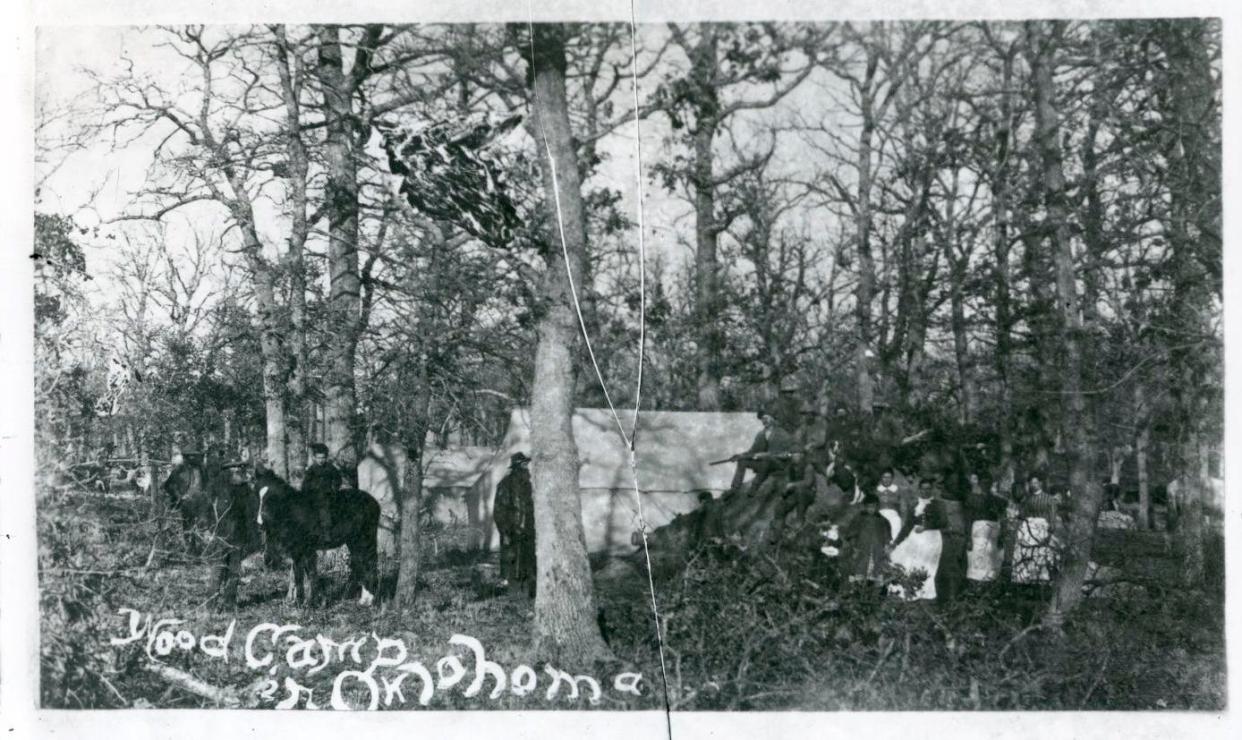
- Oops!Something went wrong.Please try again later.
Big names in history — Native American, Civil War, the West, cattle trails and ranching — walked a once-important spot in west Oklahoma City that might be all but forgotten if not for a school, a street and a women's service organization.
The spot was Council Grove. The school is Council Grove Elementary. The street is Council Road. The organization is the Council Grove Chapter of the Daughters of the American Revolution.
The big names?
Jesse Chisholm, who lent his name to the famous Chisholm Trail, a national highway for cattle driven out of Texas, heading tor Kansas, cowboys contending with Native tribes along the way.
More: WWI veterans denied Medal of Honor because of race may be reconsidered, 100 years later
And Montford T. Johnson, "The Chickasaw Rancher," celebrated in a film released just last fall by Chickasaw Nation Productions: "Montford: The Chickasaw Rancher."
Council Grove was an actual 3 1/2-square-mile grove of trees, post oak and western white oak. It was situated from a half-mile west of Council Road to a half-mile east of MacArthur Boulevard, and from roughly NW 39/State Highway 66 south past NW 10.
The area is now in four different municipal jurisdictions: Oklahoma City, Bethany, Warr Acres and the tiny municipality of Woodlawn Park.
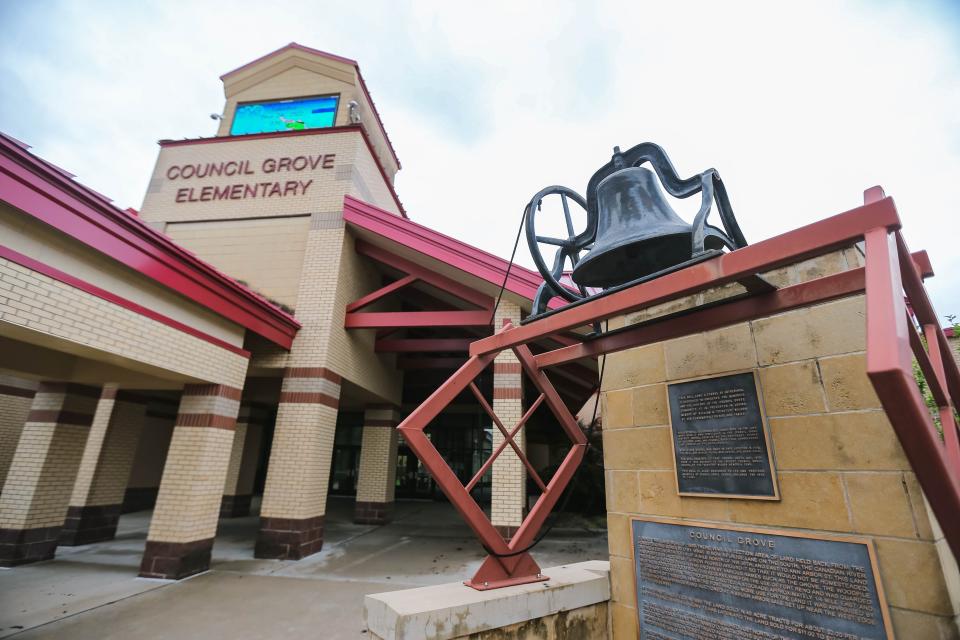
Nothing, apparently, is left of Council Grove except a vintage school bell, dating to the late 1890s. It is on prominent display at Council Grove Elementary, 7721 Melrose Lane on the east side of Council Road between NW 10 and Reno Avenue.
The bell first rang at a Council Grove school directly across Melrose Lane. Pupils learn about the bell and its origins — it's hard to miss — but don't learn much about the rest of the history of Council Grove, said Alicia Price, principal of the school, which is in the Western Heights school district.
The bell seems to be the only remaining historic artifact from Council Grove, although by now the historical marker installed in 1941 at NW 10 and N Eagle Lane by the Daughters of the American Revolution is itself a piece of history.
The marker is at the east end of the bridge over the North Canadian River. Here's how Council Grove earned it, and its place in history.
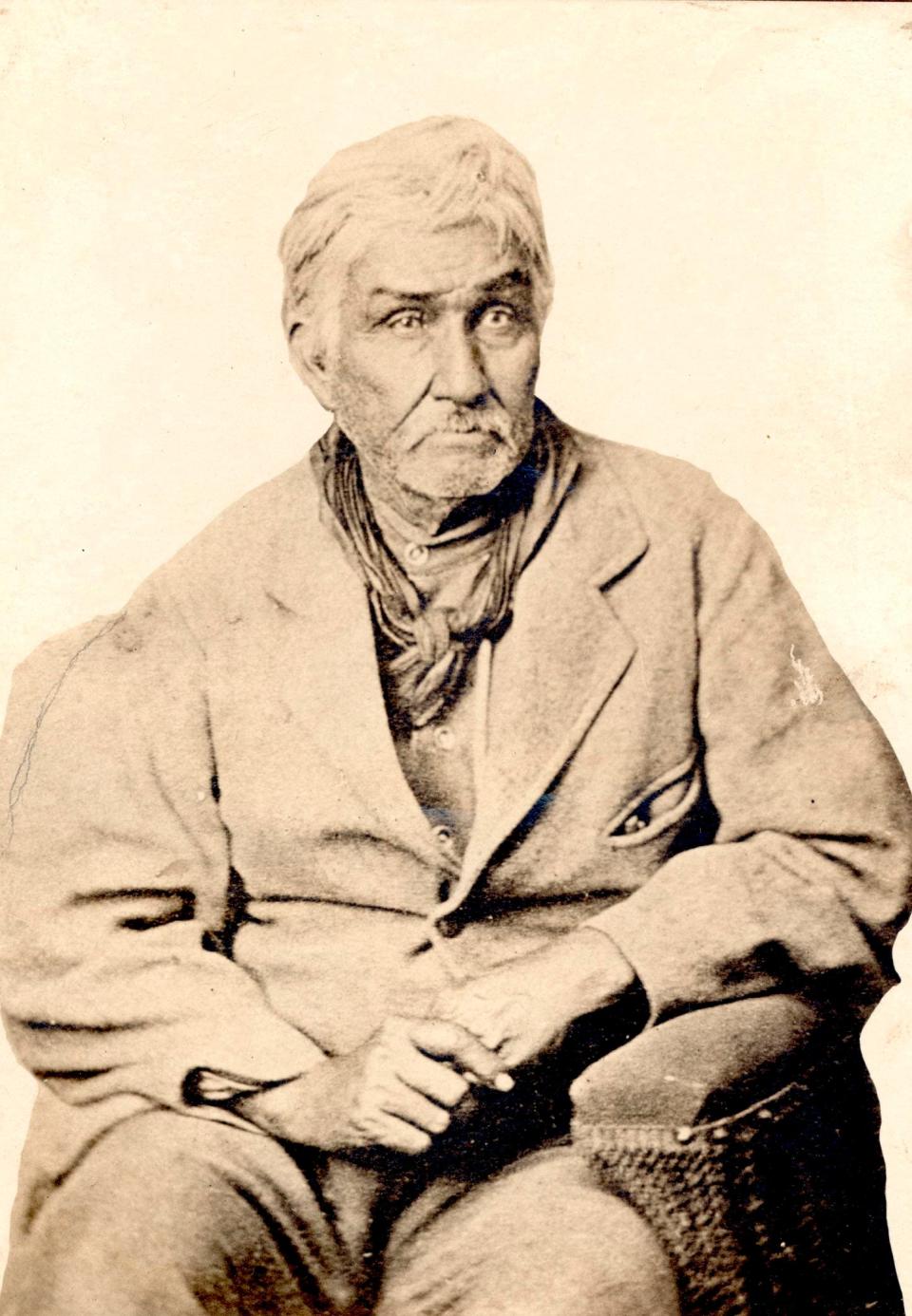
History of Council Grove, in west Oklahoma City, starts with Jesse Chisholm, namesake of Chisholm Trail
Jesse Chisholm, Cherokee-Scottish plainsman, trader and mediator for Kiowa, Comanche and other Plains tribes, put Council Grove on the map a decade before the start of the famous cattle-driving trail that bore his name. He was trading here by 1858.
Much of the trading actually took place at mobile markets on the open range, from oxen-, horse- and mule-drawn wagon trains, not at the trading post, according to Ray Asplin's article, "A History of Council Grove in Oklahoma," in the winter 1967-68 issue of The Chronicles of Oklahoma.
From his trading headquarters at Council Grove, Asplin wrote, Chisholm "gained great influence among the tribes of the Southwest, by whom he was recognized, not merely as a friend, but as a counselor, arbiter and brother as well. He was an adopted brother of the Wichita and Caddo tribes."
Native trust did not extend past the dealings with Chisholm, according to Asplin.
More: Oklahoma Memorial Day weekend events range from military tributes to family fun
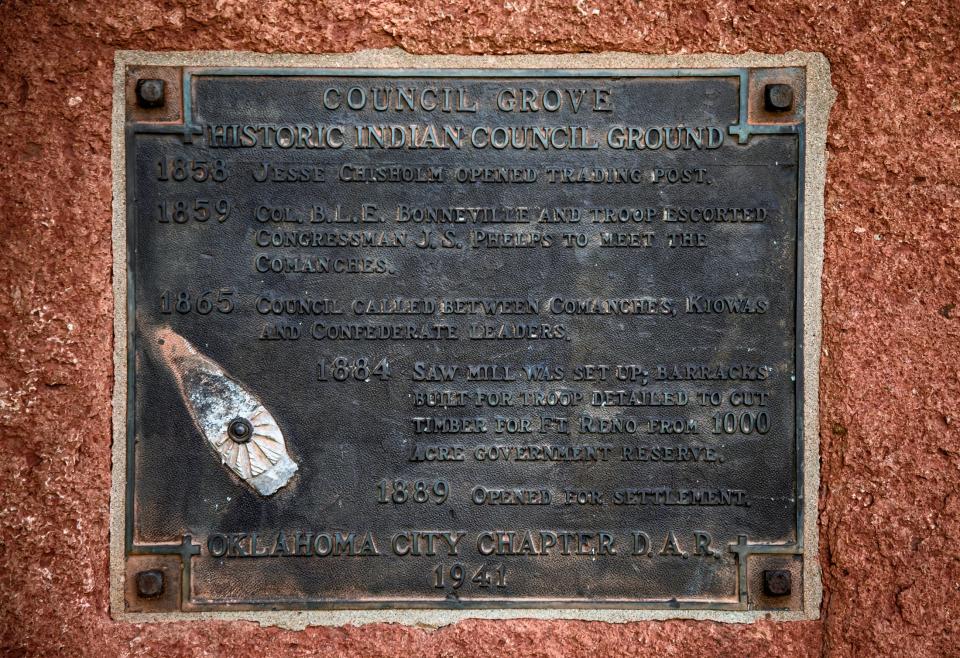
In 1859, Council Grove was the site of a meeting between an army colonel, a congressman, the U.S. Superintendent of Indian Affairs, and a troop of 180 soldiers, sent to meet with Comanche leaders.
The aim was to foster peace between Comanches and white people.
It failed.
Chisholm abandoned his trading post at Council Grove in 1861 because of the Civil War and relocated to near present Wichita, Kansas, accompanying tribal members fleeing Confederates and siding with the Union. But he returned to Council Grove near the end of the war.
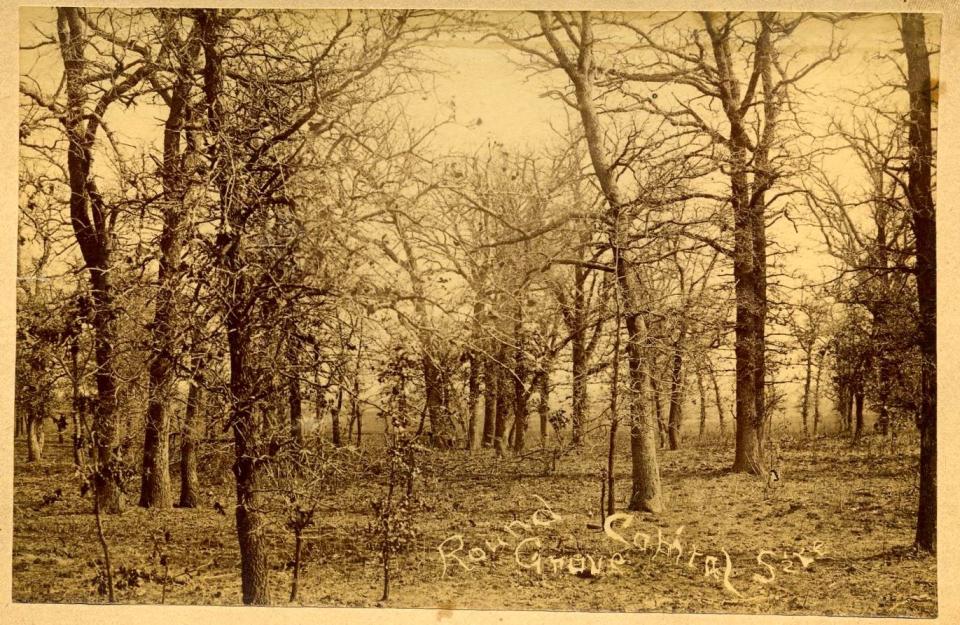
Tribal affairs were complicated, to say the least.
That May, with the official Confederate surrender in Virginia just a few weeks in the past and the last surrender, by Brig. Gen. Stand Watie, a Cherokee, in the Choctaw Nation still a few weeks in the future, a "great peace council" was planned at Council Grove.
Since 1863, military and civilian leaders of the Confederacy had been trying to entice tribes west of the Mississippi River to abandon ties to the United States, surrender and join with the South in planning for the future.
Delegates from the Five Tribes and representatives from other nations, including the Caddo, Comanche, Kiowa, Cheyenne, Arapaho and Osage, headed toward Council Grove, about 6,000 people in all, according to Asplin. But approaching the grove, they learned that Union forces were organizing in Kansas to prevent or disrupt the council.
The Natives proceeded to Cottonwood Grove, site of Camp Napoleon near present Verden, about 50 miles to the southwest. By the time they were able to gather, though, they knew that Smith's own surrender to the Union was inevitable and that any ideas of alliance with the Confederacy were moot.
Tribal leaders met, nonetheless, according to Alan C. Downs, writing in the Encyclopedia of Oklahoma History & Culture, drafted an agreement to form an alliance among themselves and, as the delegates put it, "to present a body that would afford sufficient strength to command respect and assert and maintain our rights."
If not for the vagaries of war, the remarkable tribal peace council would have been held at Council Grove — in the spirit, if not the involvement, of the peacemaker Jesse Chisholm.
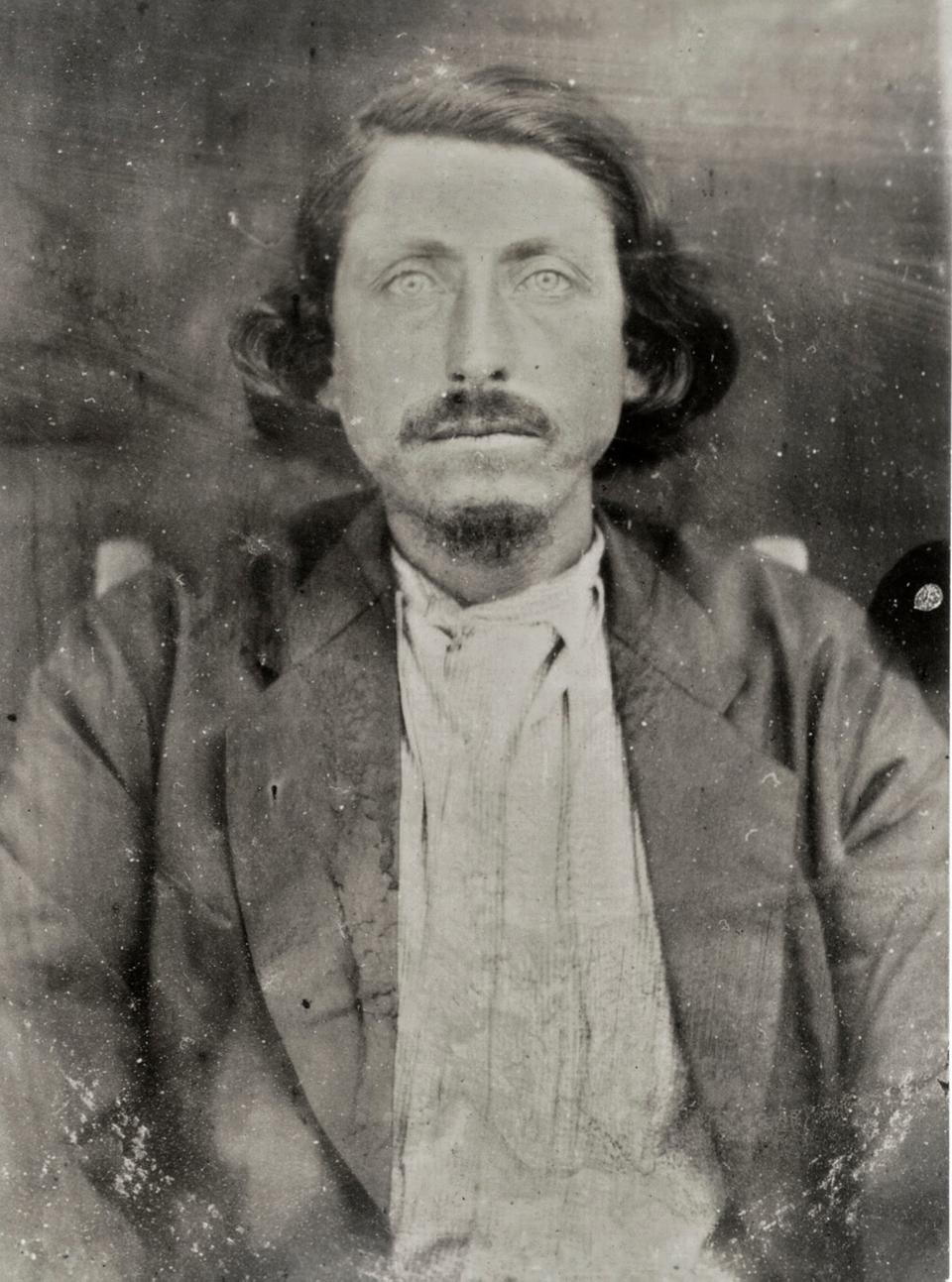
'The Chickasaw Rancher' Montford T. Johnson, had one of his ranch headquarters at Council Grove, in OKC
Montford T. Johnson, a friend of Chisholm's, organized a bison hunting expedition in 1867, camping along Walnut Creek near what is now Washington, Oklahoma, about 30 miles south of Oklahoma City.
The men admired the cattle grazing possibilities on the western fringe of the Chickasaw Nation.
"Jesse agreed to intercede with the Indians and have them not to disturb Montford Johnson in his ranch proposition. In the spring of 1868, Mr. Johnson established his ranch on Walnut Creek with the permission of the Chickasaw Nation," Asplin wrote.
Chisholm died later in 1868. He had logs stored at Council Grove to build a large store. Chisholm's son, William, sold them to Johnson, who later built a house out of them.
"These logs … were used in constructing a ranch house about 1873, in the vicinity of North MacArthur Boulevard, Oklahoma City," Asplin wrote. "The ranch was run for Johnson by Vicey Harmon, Long Gray and Frank Dyes, all Chickasaws. These people may have been the first permanent inhabitants of Oklahoma City."
In the early 1880s, Johnson learned that his Council Grove ranch actually was not in the Chickasaw Nation, but the Unassigned Lands, the last patch of land not "assigned" to any of the many Native tribes moved to what would become the state of Oklahoma.
He found out in a confrontation with the Boomer movement and Boomer leader David Payne, would-be colonists "booming" for white settlement despite President Rutherford B. Hayes's proclamation the year before forbidding unlawful entry into Indian Territory.
In late April 1880, Payne led a group of 21 men from Wichita, Kansas, to Council Grove.
"There on the south bank of the North Canadian they laid out a town called Ewing and relished their new settlement until Lt. George H.G. Gale arrived with a troop of Fourth Cavalry and took them under arrest to Fort Reno. After being held there for a short time, the boomers were escorted back to Kansas," according to Stan Hoig's article on the Boomer movement in the Encyclopedia of Oklahoma History & Culture.
"In May, the troops at Fort Reno discovered the squatters and drove them out, but Montford decided to give up his ranch and moved his livestock south to his home range in the Chickasaw Nation."
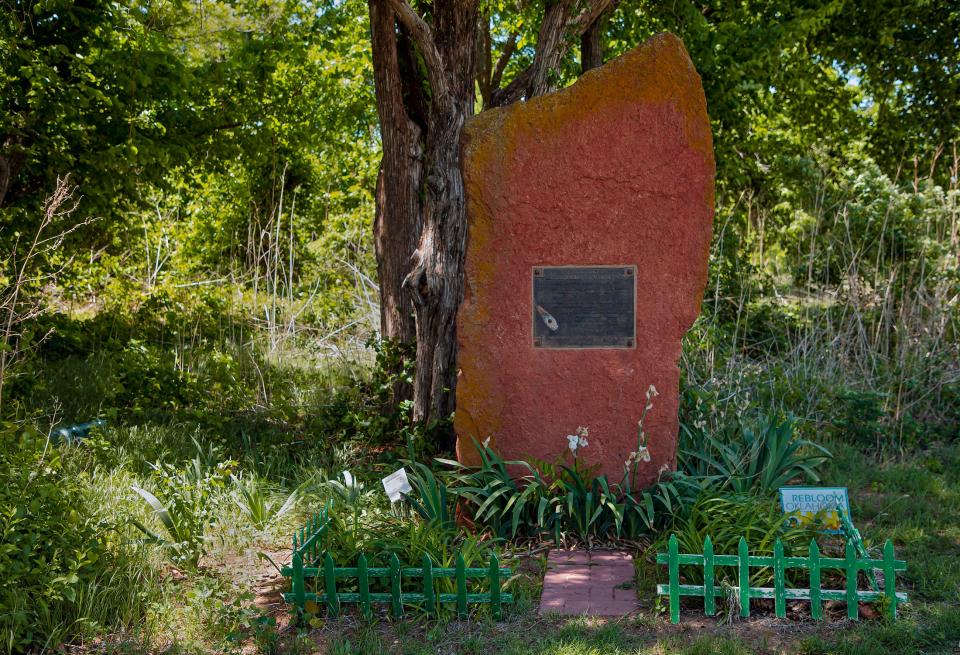
The rest of the story about historic Council Grove, in west Oklahoma City: first murder, railroad, early schools
Asplin reports the first murder at Council Grove was about May 1, 1889, less than two weeks after the Land Run.
"A small boy found the body of a man floating in the water at the crossing where the Northwest Tenth Street bridge is now located," he wrote in the mid-1960s, noting that no one knew who he was and the circumstances were never learned.
"The old settlers still call the place 'Dead Man's Crossing.'"
Before long, the Choctaw Coal & Railway Co., later called the Choctaw Oklahoma & Gulf Railroad, started building from El Reno east to Oklahoma City to connect with the Santa Fe.
Work stalled in 1891 when the Choctaw ran out of money and went into receivership. Funds were acquired, work on the railroad resumed, a train station went in northeast of Reno Avenue and Council Road, and a small village sprang up, Asplin wrote.
It was the first actual community at Council Grove apart from Chisholm's long-gone trading post, and the Johnson ranch.
The first school in the area started in 1890 to the west, but in 1893 it was moved to Council Grove in 1893. This was the school that used the bell now at Council Grove Elementary.
The post office at Council Grove was established on June 11, 1892, giving the area and the community an official name for the first time.
Officially, it didn't last long. In 1894 the name was changed to just "Council," Asplin wrote, because mail and freight kept getting shipped to Council Grove, Kansas, instead of Council Grove, Oklahoma Territory. The post office closed in 1906.
By either name, the community's days were numbered.
"Today there is no evidence of there having been a town at this place," Asplin wrote. "The Council School and Council Road are the only remaining names in what was once Council Grove."
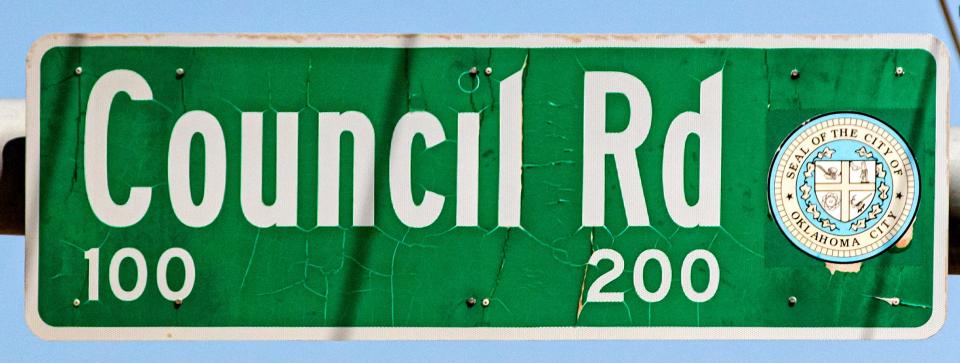
Senior business writer Richard Mize has covered housing, construction, commercial real estate, and related topics for the newspaper and Oklahoman.com since 1999. Contact him at rmize@oklahoman.com.
This article originally appeared on Oklahoman: "The Chickasaw Rancher" and Jesse Chisholm in Council Grove, in OKC

